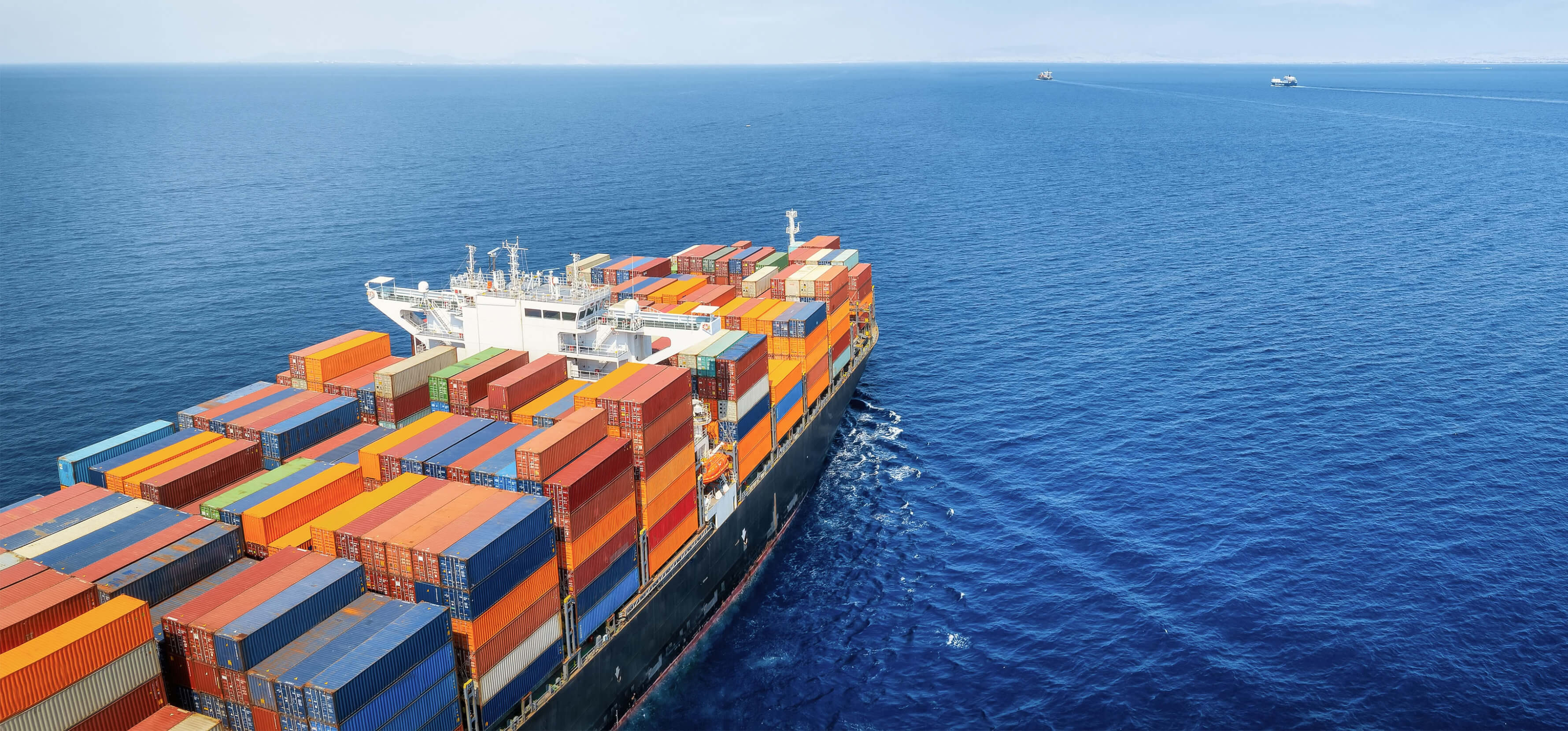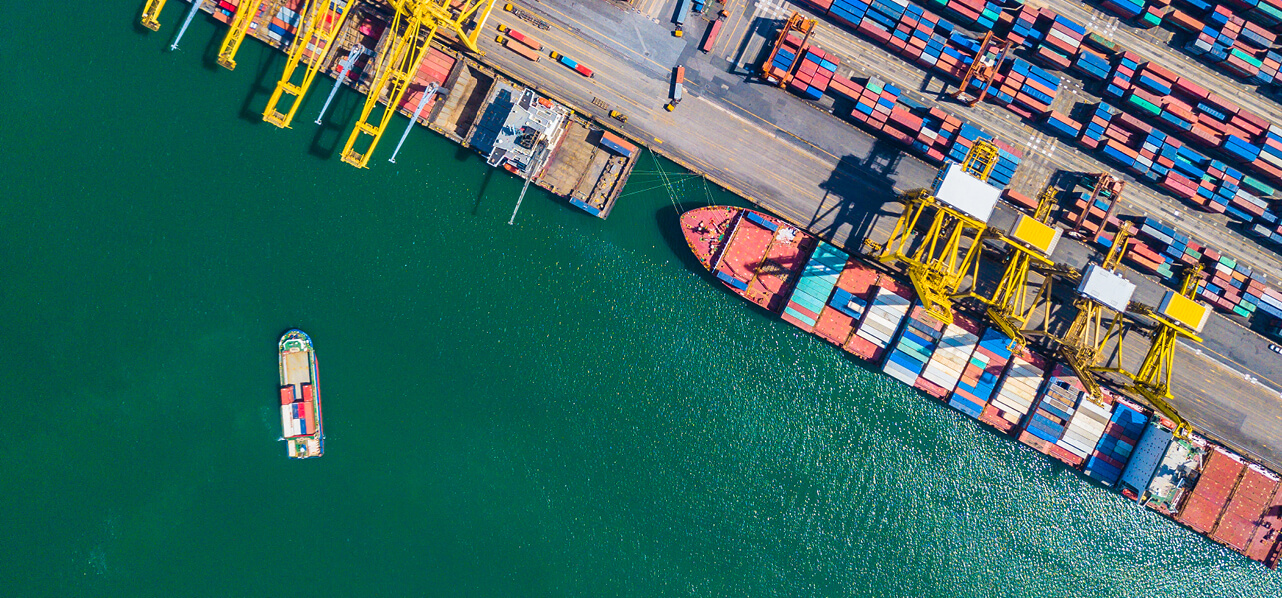Partner London
"The European Commission has published the long-awaited attribution list of shipping companies specifying where each shipping company should register and open their Maritime Operator Holding Accounts."
The EU Emissions Trading Directive 2003/87/EC (amended by Directive (EU) 2023/958) (the “ETS Directive”) aims to strengthen the existing EU ETS rules and extend the ETS to the maritime sector.¹ Please refer to our previous article for our analysis of the implications of the new expanded ETS.
The shipping company List²
The European Commission (the “Commission”) has published its long-awaited attribution list (the “List”) of shipping companies specifying where each shipping company should register and open their Maritime Operator Holding Accounts (“MOHAs”). MOHAs are held in the Union Registry, which is an equivalent to an online banking system. It ensures strict accounting of emissions allowances (“EUAs”), records annual greenhouse gas emissions and enables the transfer of EUAs. MOHAs allow shipping companies to trade and surrender their EUAs in accordance with the ETS Directive.
The type of entity able to register as a shipping company has shifted repeatedly throughout the legislative process and has not been clarified by the publication of the List. Those on the List should check that the right entity within their group has been identified by the European Commission and in the right jurisdiction for registration. It may also be worth cross-checking the IMO number or, indeed, the lack of it. Companies that are not on the List but expected to be on it are not necessarily free of obligations under the ETS, nor are they barred from entering EU waters. Whether you are on the List or not, we would be happy to help you clarify the position and avoid any complications further down the line.
Implementing regulation which places responsibility on the ISM company³
"Those on the List should check that the right entity within their group has been identified by the European Commission and in the right jurisdiction for registration."
- On 22 November 2023, the Commission published the Implementing Regulation 2023/2599, which sets the rules on which entity will be responsible for surrendering EUAs (the “IR”).
- The IR has clarified the documentary requirements for shipping companies contractually taking on ETS responsibilities, as well as the allocation of shipping companies to each administering authority.
The IR provides that a ship manager does not automatically assume EU ETS responsibilities. Further, the owner of a vessel must mandate the ISM Company formally to act on its behalf as the ETS Participant and inform the administering authorities. Whilst it can be assumed that in most cases this will be the DOC holder/technical manager of the vessel, the specifics of the IR require that this document is signed by the manager. There are then three possible outcomes:⁴
(a) the manager and owner agree and both sign the document;
(b) the owner decides to become the ETS responsible party; or
(c) the owner mandates another entity to become the ETS responsible party.
The IR enables the manager to refuse to take on the role of ETS responsible party, thus, leaving the owner responsible for ETS registration and compliance or giving the manager the opportunity to request a sufficient fee to deliver these services.
The agreements should be entered into between the owners and those that operate the vessel. Where the shipping company and a commercial operator are separate, there should be a provision for transfer of costs relating to compliance with the EU ETS (Article 3gaa of the ETS Directive). Careful consideration now of key contractual provisions and a clear demarcation of roles and responsibilities in these types of agreements between owners, managers and commercial operators will reduce the risk of disputes and potential liability exposures further down the line.
"The position regarding the status of UK ports and whether they should be treated as EU ports for ETS purposes remains unclear."
Implementing regulation in neighbouring ports⁵
By way of a recap, the EU ETS has been extended to maritime transport in respect of:
(a) 100% of the emissions from intra-EU maritime voyages;
(b) 100%of emissions from ships at berth in EU ports; and
(c) 50% of emissions from voyages which start or end at EU ports (but the other destination is outside the EU).
There have been concerns over evasive port calls whereby shipping companies call at non-EU ports first, before making a short trip from the non-EU port to an EU port of which only 50% of emissions will be covered. The Commission is attempting to combat this by changing the definition of “port call” to exclude a stop at a neighbouring container transhipment ports (“NCTPs”) less than 300 nautical miles from a port inside the EU. The stop at the non-EU port would therefore be considered part of the overall voyage. A list of NCTPs was published via implementing acts by the Commission by 31 December 2023 and will be updated every two years. East Port Said in Egypt and Tangier Med in Morocco have been included as NCTPs in the ETS for ships that sail via those ports en route to the EU.
The position regarding the status of UK ports and whether they should be treated as EU ports for ETS purposes remains unclear. Much depends on whether the proposed UK ETS will end up applying solely to intra-UK voyages or whether the scope of UK ETS will be wider. We have a view on this which is subject to regulatory confirmation. Please contact us for further details if this is of interest.
Poor transposition of the ETS Directive⁶
In the Commission’s latest package of infringement decisions, save for Denmark, all Member States failed to transpose the amended EU ETS directive fully into national law by the 31 December 2023 deadline. This means that ETS costs provisions and local enforcement mechanisms for any breaches of ETS have not yet been implemented by Member States, leaving significant gaps in compliance which will need to be filled. The Commission has started infringement proceedings against these Member States.
Implementing regulation which requires registration application to be made within 40 days of List publication⁷
The IR sets a 40 working-day deadline for shipping companies to submit their application to open a MOHA from the publication of the List (or if not included on the List, 65 working days of the first voyage caught under the ETS).
"Any company or individual who wishes to trade EUAs may open a trading account subject to following certain procedures, such as registering with the national chamber of commerce."
The MOHA will ostensibly be opened or refused within 20 working days of receipt of all required information by the relevant national administrator – an ambitious target given the number of potential registrants.
Whilst it is helpful to have an indication of desired timescales, we think that these will inevitably slip and spill over, particularly as the timescales are contingent on the right documentation being submitted by shipping companies as part of the registration process. With that in mind, we are making enquiries of each Member State regarding MOHAs and bespoke local rules for registration. Please contact us for further details if this is of interest.
Trading accounts – challenges and solutions we offer⁸
Whilst it has not been possible to open MOHAs until now, shipping companies have been busy opening trading accounts to get ahead in the emissions trading process and purchase of EUAs. EU ETS trading accounts record the shipping company’s ownership of the EUAs: they do not facilitate the surrender of EUAs to meet compliance obligations. Trading accounts are held in the Union Registry.
Any company or individual who wishes to trade EUAs may open a trading account subject to following certain procedures, such as registering with the national chamber of commerce. Many shipping companies based outside of the EU are having difficulties opening trading accounts. WFW has been advising various EU and non-EU stakeholders on how to open trading accounts and ensure effective compliance with the ETS Directive. Please contact us for further details on how to open MOHAs and trading accounts, particularly if you are based outside the EU.
Should you have any immediate questions on the above please contact Nick Walker or Valentina Keys.
Footnotes
[1] https://ec.europa.eu/commission/presscorner/detail/en/qanda_23_4756
[2] https://ec.europa.eu/transparency/documents-register/detail?ref=C(2024)481&lang=nb
[3] https://eur-lex.europa.eu/legal-content/EN/TXT/PDF/?uri=OJ:L_202302599
[4] https://emsa.europa.eu/reducing-emissions/faq-extension-ets.html
[6] https://ec.europa.eu/commission/presscorner/detail/en/inf_24_286






